42 github issue labels best practices
Managing labels - GitHub Docs Anyone with write access to a repository can create a label. On GitHub.com, navigate to the main page of the repository. Under your repository name, click Issues or Pull requests. Above the list of issues or pull requests, click Labels. To the right of the search field, click New label. Under "Label name", type a name for your label. 10 GitHub Labels Best Practices - CLIMB GitHub labels are a great way to organize and categorize issues and pull requests. Here are 10 best practices for using them. Reene Cohan Published Nov 8, 2022 GitHub labels are a great way to organize and categorize issues and pull requests. They can also be used to track the progress of work and to communicate with team members.
GitHub - joncameron/labels: Best practices for Github Issue labels Best practices for Github Issue labels. Contribute to joncameron/labels development by creating an account on GitHub.

Github issue labels best practices
Sane GitHub Labels | by Dave Lunny | Medium The biggest issue with GitHub's labelling system is that it requires a lot of tedious clicking and typing inside of the GitHub UI to set up a system like this. Adding labels to issues - GitHub Docs This tutorial demonstrates how to use the andymckay/labeler action in a workflow to label newly opened or reopened issues. For example, you can add the triage label every time an issue is opened or reopened. Then, you can see all issues that need to be triaged by filtering for issues with the triage label. GitHub Best Practices: Improving Issues | ZenHub Blog In GitHub, we suggest using markdown checklists to outline any tasks that make up an issue. Issues should get more detail as they move up in priority. Say we're creating an issue around a new homepage for our website. The sub-tasks for that task might look something like this. If necessary, link to other GitHub issues to further define a task.
Github issue labels best practices. GitHub Labels that are logical, colorful and sensible GitHub Labels are used for both Issues and Pull Requests (PR), therefore the label context should be agnostic. An Issue/PR without labels should not require labels to solicit attention, therefore the default state should be label-less. Issue/PR labels should only provide important context; priority, effort and the state of solution and/or decision-making. "High Priority", sure, but "Low Priority" is a joke; go label-less instead. GitHub Labels and Milestones - Salt Type¶. Issues are categorized into one of several types. Type labels are almost never used for pull requests. GitHub treats pull requests like issues in many ways, so a pull request could be considered an issue with an implicit Pull Request type label applied.. Feature - The issue is a request for new functionality including changes, enhancements, refactors, etc. GitHub Issues: Tagging Best Practices - Save Time! | Robin For people who make software, the internet has no shortage of best practice for workflow organization like Git Flow, release versioning, GitHub, etc. When you get to the topic of issue management, the reading material plummets. At Robin, GitHub issues are the core of just about every action the team takes. Over the past year, we've worked out an internal tagging system that keeps engineering and product efforts organized across repositories on Github. Update a Contributor's Guide on best practices for GitHub issue labels ... We recently updated our issue labels. Let's document best practices for them once we know what they are based on some experience. I think it will be: Try to apply one (or conservatively up to a few) category label (e.g., 3d-tiles, billbo...
Fixing Communication Bottlenecks with Task Boards - ZenHub A note on labels. Don't settle for GitHub's seven default labels. Take a minute to set up a label style guide that communicates more than the issue type. Our team set up custom labels that communicate status, blockers, complexity (for example, we mark quick fixes with the label "Bash It"), and other factors. Together, they communicate a ... Best Practices for Using GitHub Issues - Rewind In most cases, GitHub Issues is used for reporting bugs and requesting features. Sometimes it hosts discussions, helps process support requests, or even submit documentation feedback. If you want to use GitHub Issues with your repository for a long time and stay productive, consider following basic issue tracker maintenance practices that are described below. Best Practices: Github Labels - bu-ist/responsive-child-starter Wiki Please view the original page on GitHub.com and not this indexable preview if you intend to use this content. Click / TAP HERE TO View Page on GitHub.com ️ ... Best Practices: Github Labels - bu-ist/responsive-child-starter Wiki. This is a deprecated page. Head on over to https: ... GitHub Best Practices: Improving Issues | ZenHub Blog In GitHub, we suggest using markdown checklists to outline any tasks that make up an issue. Issues should get more detail as they move up in priority. Say we're creating an issue around a new homepage for our website. The sub-tasks for that task might look something like this. If necessary, link to other GitHub issues to further define a task.
Adding labels to issues - GitHub Docs This tutorial demonstrates how to use the andymckay/labeler action in a workflow to label newly opened or reopened issues. For example, you can add the triage label every time an issue is opened or reopened. Then, you can see all issues that need to be triaged by filtering for issues with the triage label. Sane GitHub Labels | by Dave Lunny | Medium The biggest issue with GitHub's labelling system is that it requires a lot of tedious clicking and typing inside of the GitHub UI to set up a system like this.
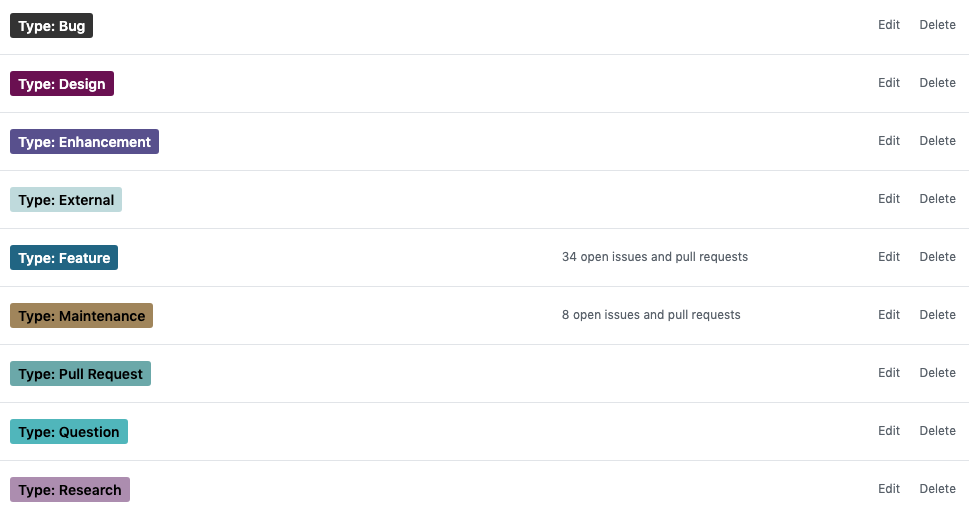

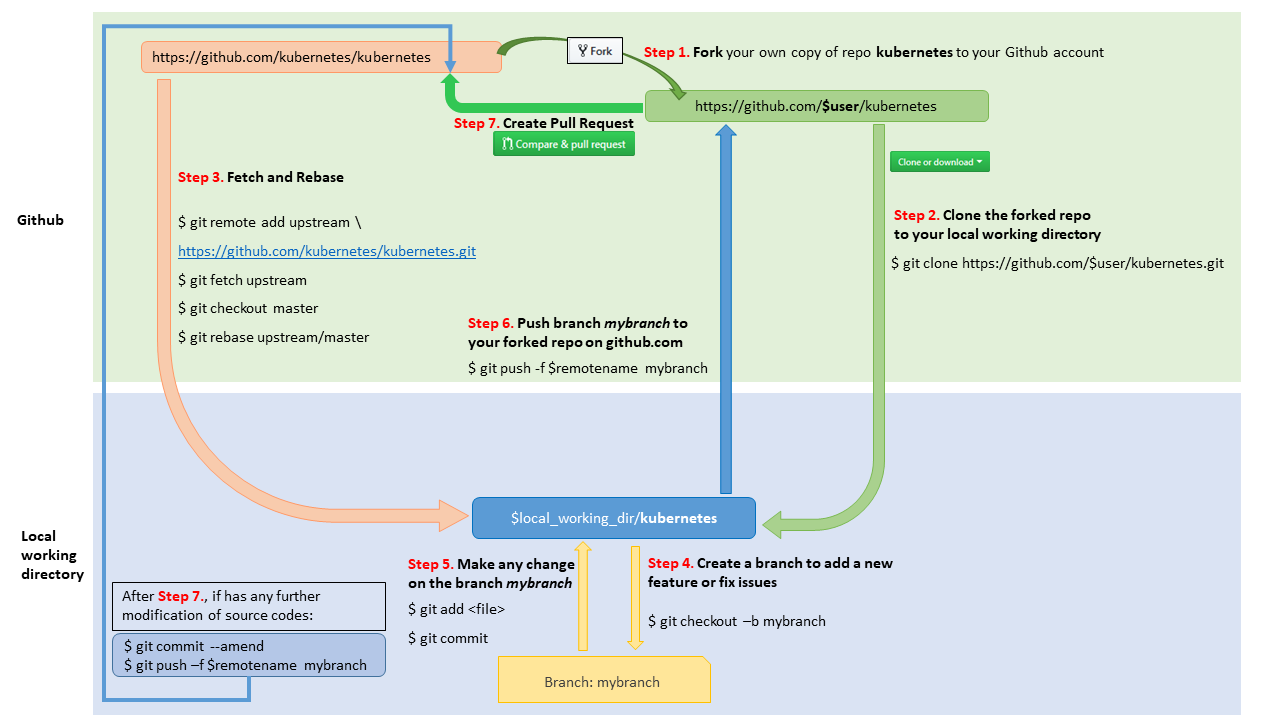





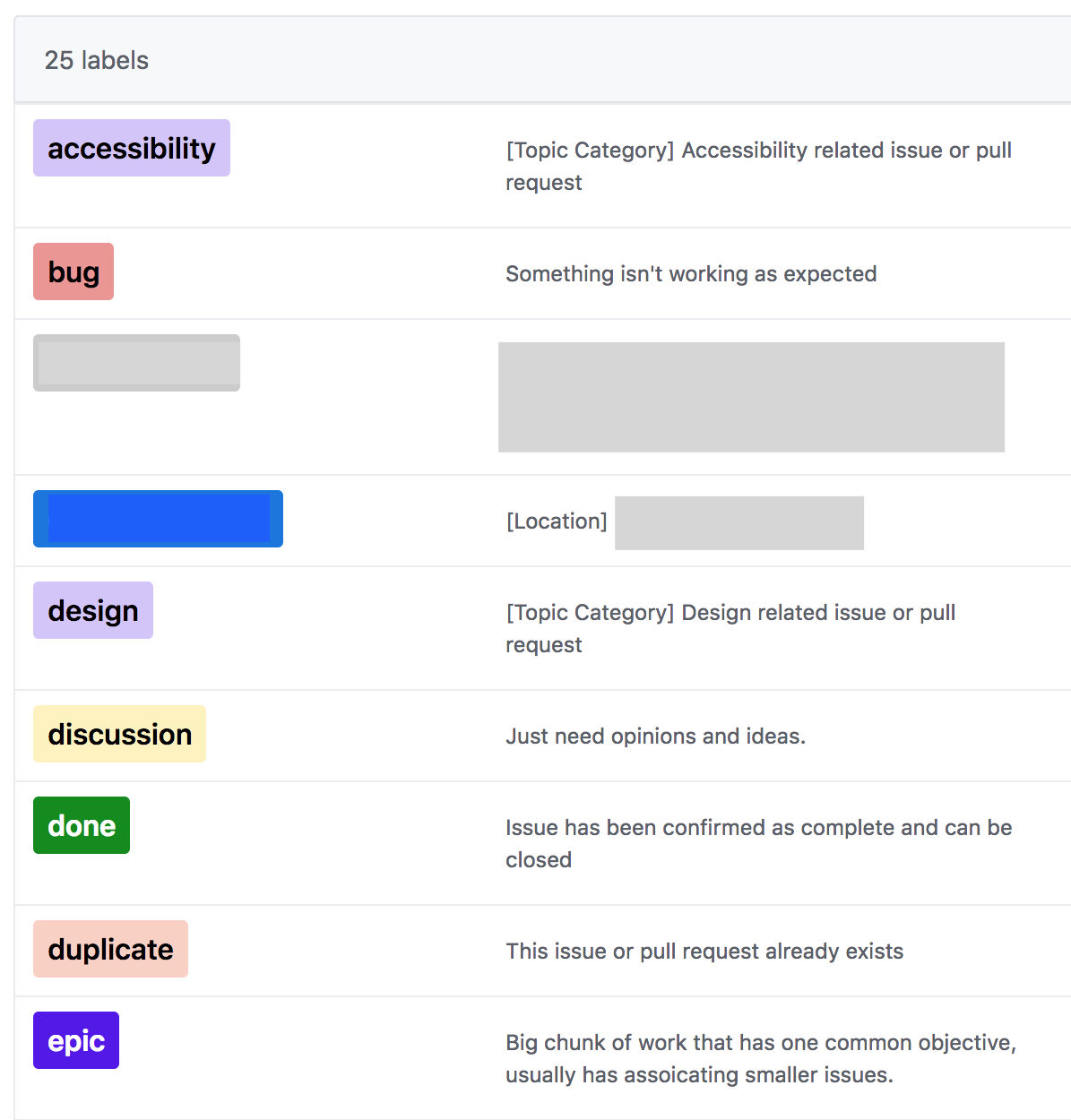
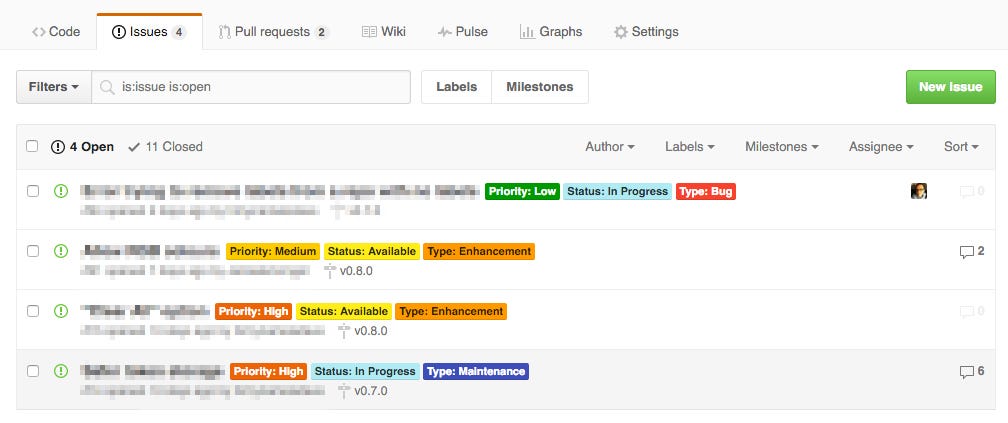



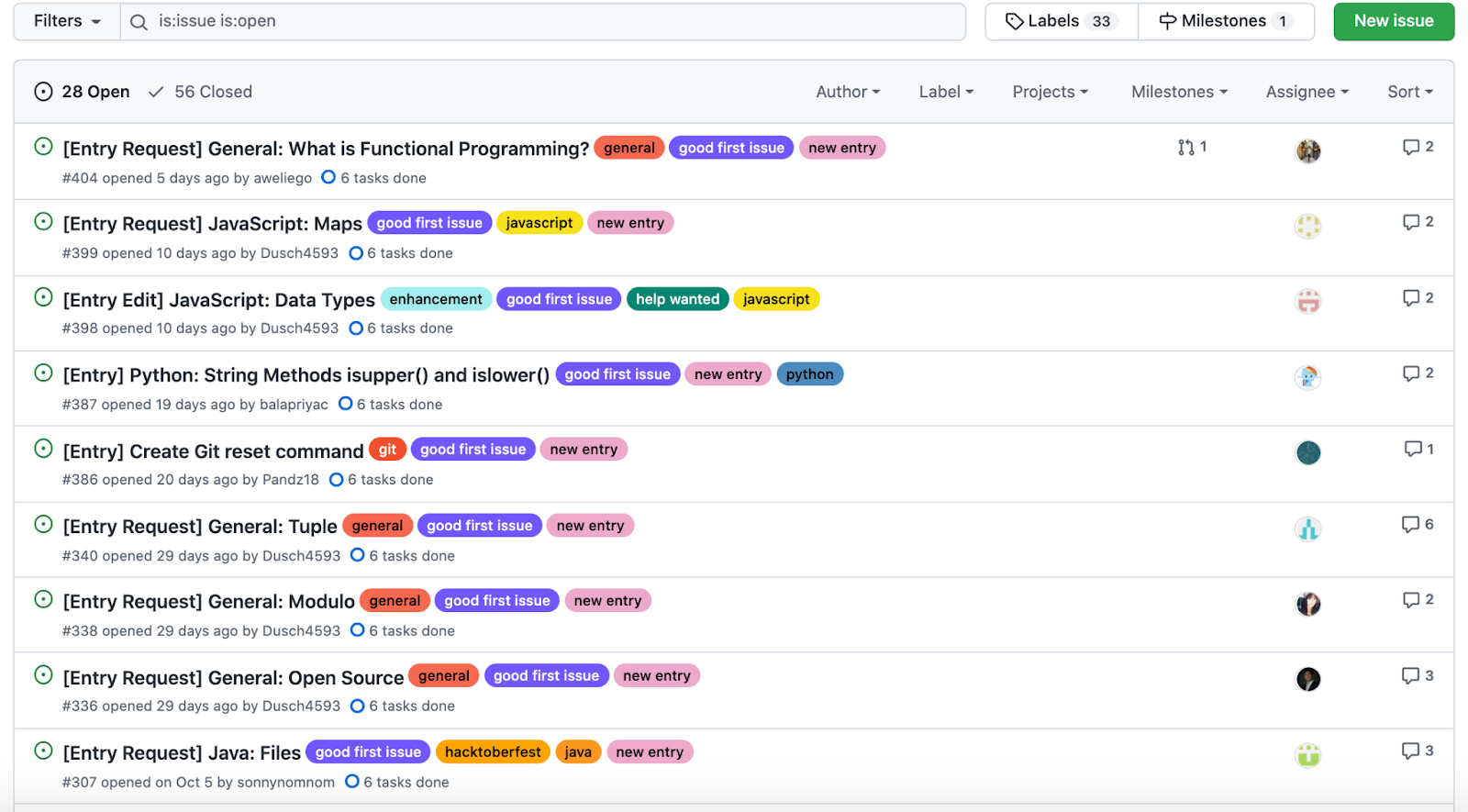


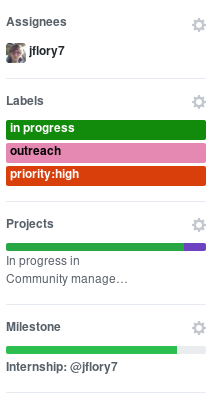












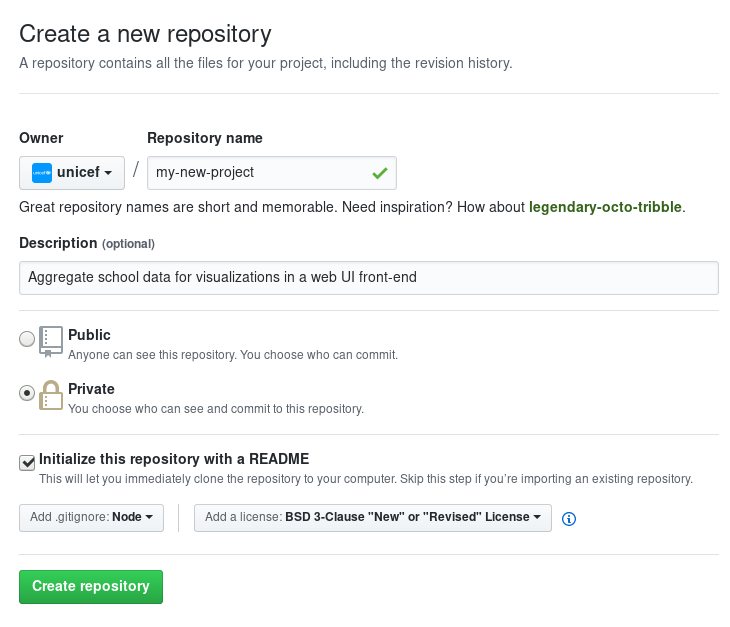
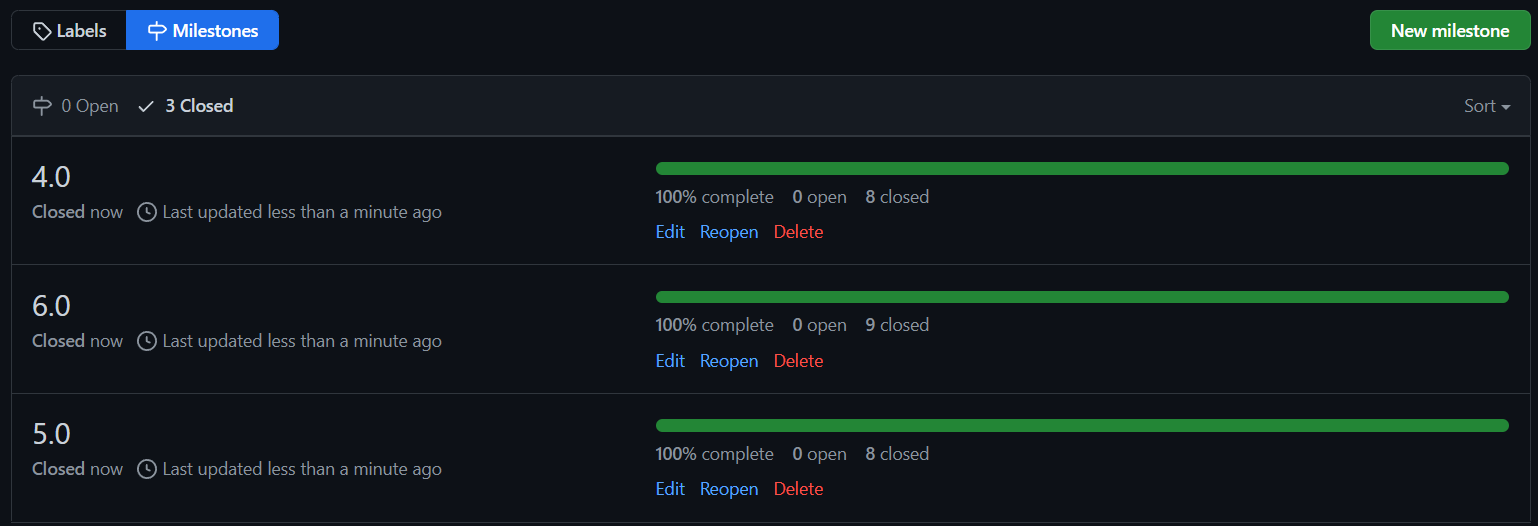
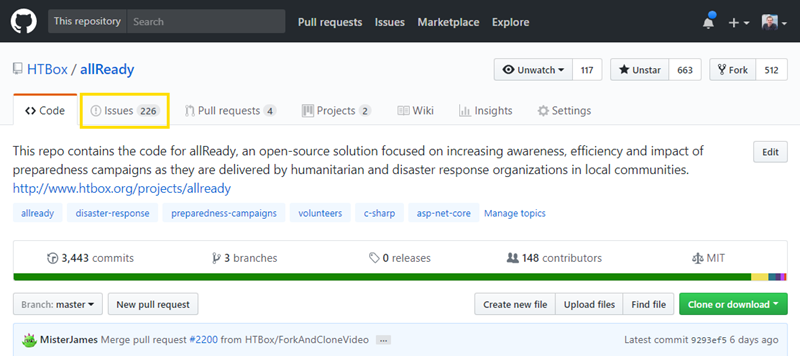

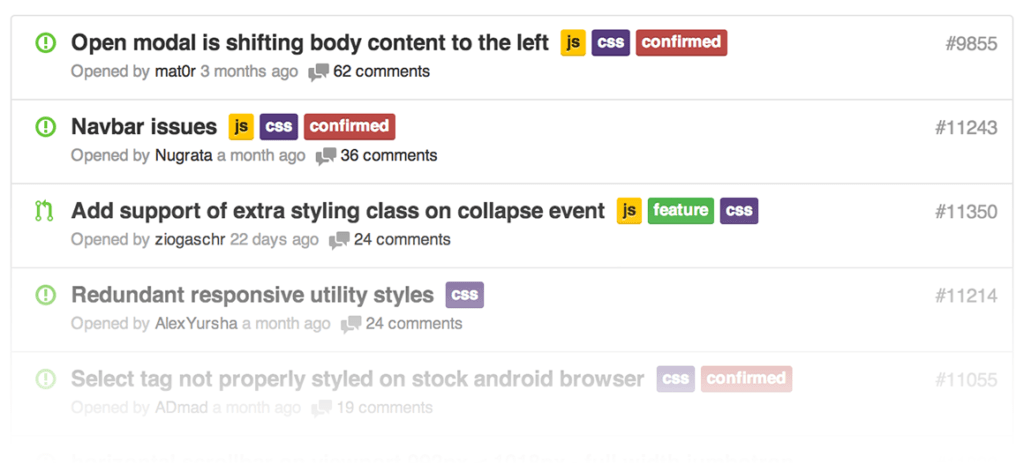
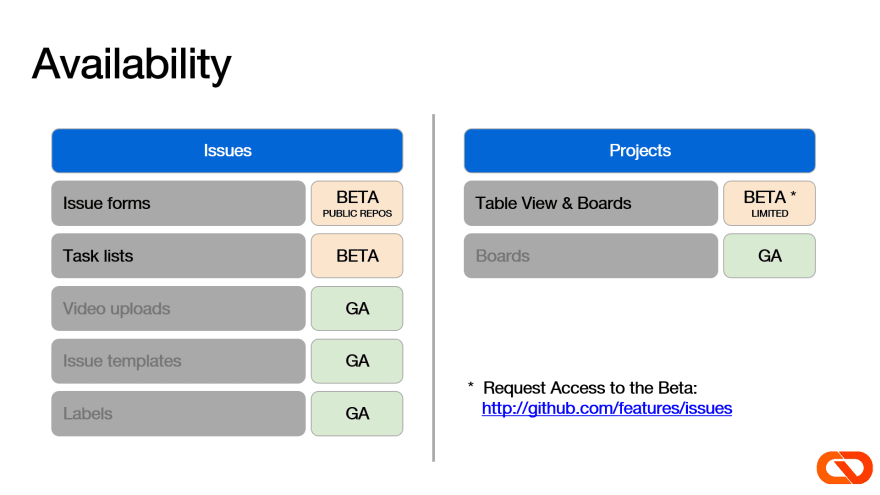


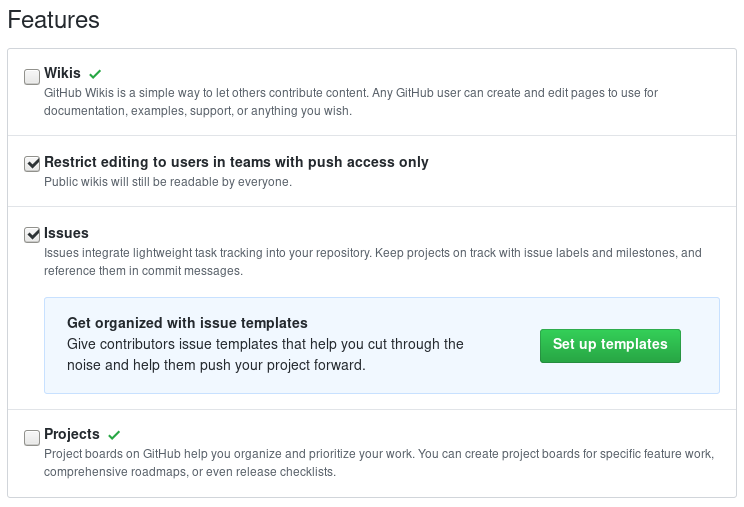

Post a Comment for "42 github issue labels best practices"